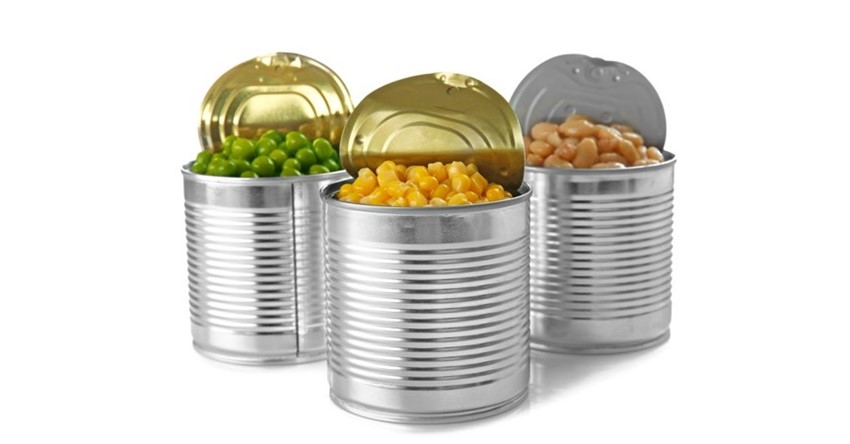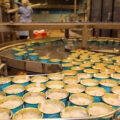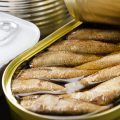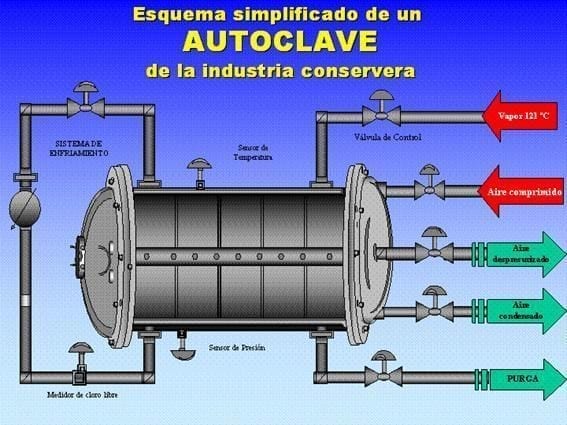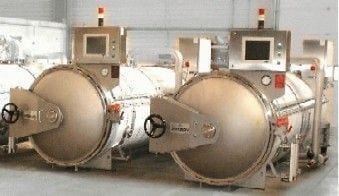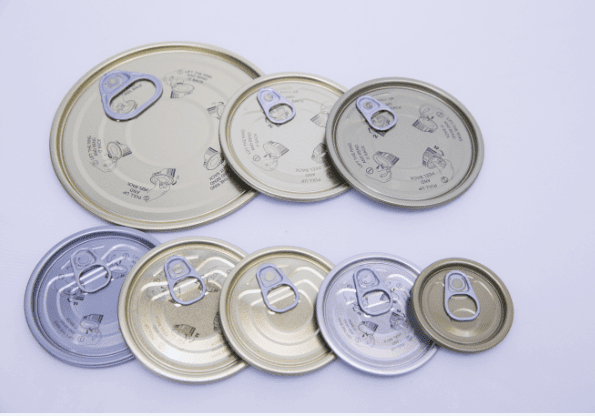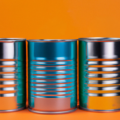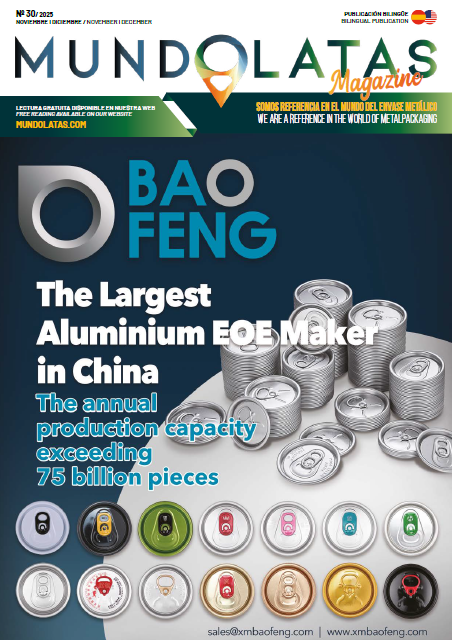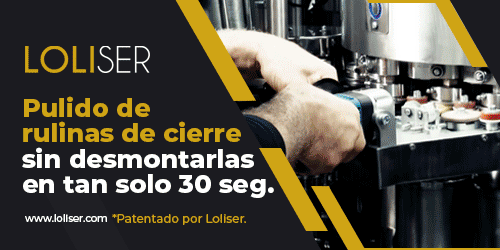The collapse of tinplate containers after autoclaving can be due to several causes related to improper handling during the sterilization and cooling process. Some of the causes identified are:
- Sudden pressure change: A sudden drop in pressure inside the autoclave at the end of the pasteurization or sterilization process and at the beginning of cooling can cause deformation of the containers. This is because the contents of the can expand due to the heat and if the steam pressure is not adequately replaced by compressed air, the container may come out with deformed lids and risk losing its airtightness.
- Autoclave filled with water: If the autoclave is completely filled with water by operator error, it can cause problems in the containers.
- Inadequate cooling: Excessive cooling can lead to containers that are too cold to dry spontaneously, retaining an excessive amount of water, especially in the closure and side seam areas. This can cause corrosion and rust stains.
- Incorrect handling: Manual handling of treated containers while they are still wet can increase the risk of infection by infiltration, especially of pathogenic microorganisms. It is recommended to drain water from the surface of the containers before handling.
- Insufficient drying: If containers remain wet after heat treatment, there is an increased likelihood of contamination from leaching. It is important that the containers are dried as quickly as possible.
- Packaging of wet containers: Packing canisters still wet after the pasteurization, cooling and drying process may create a humid atmosphere inside the box, which could lead to oxidation of the container over time.
To prevent the collapse of the containers, it is crucial to control the cooling speed, the final cooling temperature and to ensure adequate drying with hot air currents at the cooling outlet. In addition, it is advisable to wash and dry the container with treated deionized water to remove hygroscopic solids.

